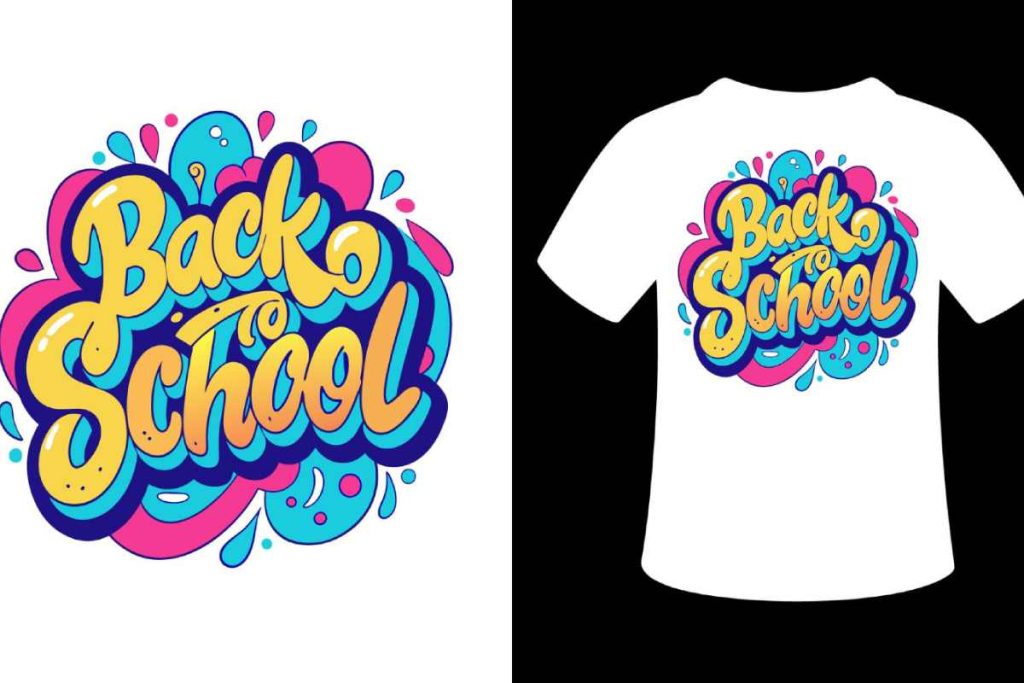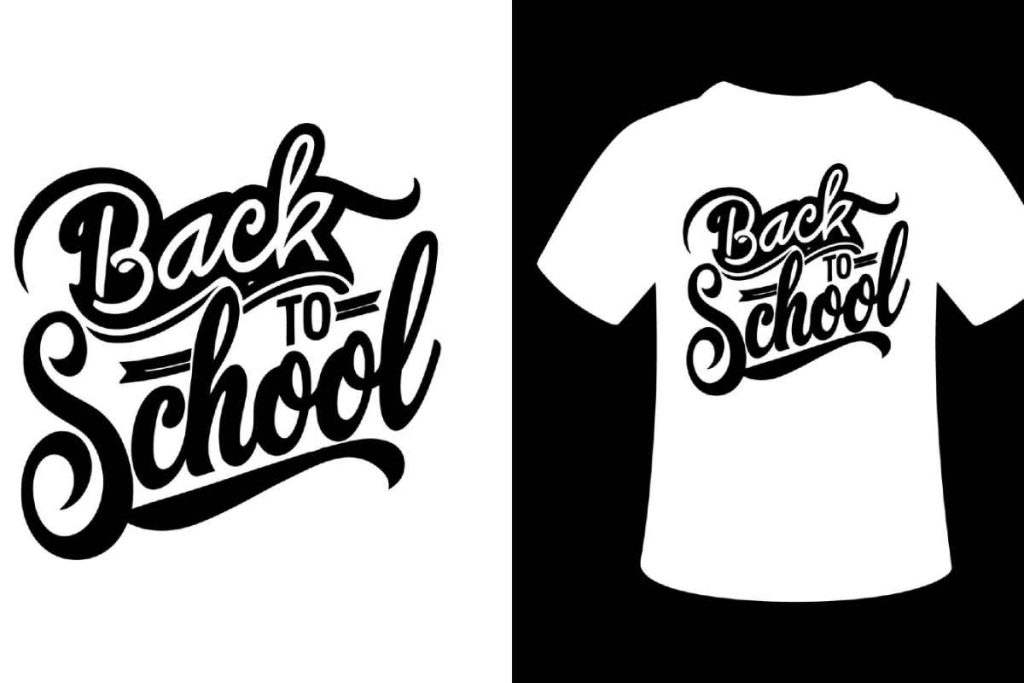Common mistakes to avoid when using DTF transfers can significantly impact the quality of your printing projects. Direct to Film (DTF) printing offers an exciting opportunity to create vibrant and durable designs, but it’s essential to navigate this process with care. Many newcomers to DTF printing overlook critical elements, leading to disappointing results and wasted materials. In this guide, we’ll delve into the most frequently encountered DTF printing mistakes and provide actionable tips to ensure you achieve the best DTF transfer quality possible. By honing in on effective techniques and avoiding common pitfalls, you can elevate your DTF printing game and produce stunning results that stand the test of time.
In the realm of digital textile printing, understanding the nuances of using transfers is crucial for success. The process often referred to as Direct to Film transfers, entails several steps that can be fraught with errors if not approached with knowledge and precision. This article aims to shed light on key areas that beginners might overlook, such as selecting the right film and inks, optimizing printer settings, and employing proper heat pressing techniques. These factors play a pivotal role in ensuring high-quality outcomes when creating custom prints. By implementing proven strategies and expert advice on how to use DTF transfers effectively, you can improve the overall quality of your printing projects and avoid potential setbacks.
Understanding the Importance of Quality DTF Films and Inks
When embarking on a DTF printing project, the selection of appropriate films and inks cannot be overstated. Using substandard materials is a frequent error made by those new to the process, which can severely compromise the quality of the final output. High-quality DTF films and inks are essential for vibrant colors and durability, ensuring that the prints adhere well to fabrics without peeling or fading over time.
Investing in reputable brands is wise, as they usually offer products that have been tested for compatibility with various printers. Additionally, experimenting with different types of films can yield better results tailored to specific projects. Knowledge of what works best in terms of both ink and film can significantly enhance the professional finish of the printed items.
Optimizing Printer Settings for DTF Success
In the world of DTF printing, printer settings play a critical role in achieving optimal results. Incorrect configurations regarding temperature, tension, and alignment can lead to misprints, often rendering an otherwise excellent design unfit for use. Adjusting your printer settings is more than just a preliminary step; it is vital for ensuring that each print adheres properly and maintains its integrity throughout use.
Prior to commencing any print job, it is advisable to conduct thorough tests, adjusting settings according to the specific requirements of your DTF film and printer combination. The importance of calibration should not be underestimated, as precise settings can elevate print quality from average to exceptional, allowing for a smoother production process and ultimately a more satisfied customer.
The Necessity of Pre-Treatment for Fabrics in DTF Printing
Pre-treating fabrics before applying DTF transfers is often overlooked yet is crucial for the longevity and quality of the print. Without adequate pre-treatment, users frequently encounter issues related to poor adhesion and heft in durability. By employing a specific DTF pre-treatment solution, you’re laying a solid foundation for the films to adhere effectively, thus enhancing the overall quality of the transfer.
Additionally, understanding the curing process post-application is essential. By following the proper procedures, you can ensure that the DTF transfers bond effectively to the fabric, extending the life of the design and minimizing the likelihood of complications such as cracking or fading over time.
Heat Pressing Techniques: A Critical Component of DTF Transfers
Heat pressing is an integral part of the DTF transfer process, and many common mistakes arise during this phase. Inconsistent temperature settings or uneven pressure application can lead to poor quality prints, which not only wastes materials but can also damage the fabric. Proper heat pressing techniques are vital for achieving ideal adhesion and ensuring that the transfer performs well after application.
To maximize the effectiveness of your heat pressing, it is crucial to calibrate your heat press consistently. This involves periodically checking both the pressure and temperature settings to ensure uniformity across prints. By doing so, you can significantly improve your DTF transfer quality, leading to enhanced durability and customer satisfaction.
Post-Processing: Maintaining the Quality of DTF Transfers
Many individuals underestimate the importance of post-processing care essential for DTF printed items. After applying the transfers, neglecting to educate customers about the correct cleaning practices can lead to rapid deterioration of the print quality. Adopting appropriate washing instructions—such as avoiding high-heat settings and using gentle detergents—can have a significant impact on the lifespan and appearance of the printed garment.
By proactively communicating care instructions to customers, you not only enhance the product’s life but also promote customer loyalty. A well-informed customer is more likely to be satisfied with their purchase, reducing return rates and fostering a positive reputation for your DTF printing business.
Avoiding Common DTF Printing Mistakes
Understanding the common mistakes related to DTF printing is fundamental to elevating quality and achieving desired results. Errors such as inadequate pressure testing during transfers can lead to uneven application and print failures, which can quickly undermine customer trust. It’s crucial to prioritize each printing phase and recognize potential pitfalls—such as neglecting test runs that ensure consistent heating and pressure.
To prevent these avoidable mistakes, consider implementing standardized test routines before full production runs. Regular checks and adjustments can significantly improve the reliability of print quality while creating a more streamlined and efficient workflow in the long run, benefiting both the printer and end-users.
Frequently Asked Questions
What are the common mistakes to avoid when using DTF transfers?
When using DTF transfers, common mistakes include choosing low-quality films and inks, incorrect printer settings, inadequate pre-treatment of fabrics, poor heat pressing techniques, neglecting post-processing care, and not testing pressure adequately. By being aware of these pitfalls, you can significantly enhance DTF transfer quality.
How can I improve my DTF printing results?
To improve DTF printing results, focus on using high-quality DTF films and inks, optimize your printer settings according to manufacturer guidelines, pre-treat fabrics properly, calibrate your heat press for consistent temperature and pressure, and educate customers on garment care to extend the longevity of the prints.
Why is it important to pre-treat fabrics before applying DTF transfers?
Pre-treating fabrics before applying DTF transfers is crucial for ensuring better adhesion and durability. A dedicated pre-treatment solution creates a solid base layer, which helps prevent issues like peeling or fading of the prints over time, leading to higher DTF transfer quality.
What printer settings should I use for DTF transfers?
To achieve optimal DTF transfer quality, ensure you adjust your printer settings correctly. This includes setting the right temperature, tension, and alignment according to your specific film and printer type. Performing test prints can help you determine the ideal settings before a large production run.
How can I ensure consistent heat pressing when using DTF transfers?
To ensure consistent heat pressing in DTF transfers, calibrate your heat press to maintain the same temperature and pressure throughout the process. Regularly check your equipment and use proper pressing techniques to improve the adhesion and overall quality of your transfers.
What environmental factors should I consider when using DTF transfers?
Environmental factors such as humidity and temperature can greatly affect DTF transfer quality. Maintain a controlled workspace by managing these variables, store DTF films in suitable conditions, and ensure proper application environments to minimize inconsistencies in ink transfer.
| Mistake | Description | Advice |
|---|---|---|
| Selection of Film and Inks | Using low-quality or incompatible materials can lead to poor transfers. | Use high-quality DTF films and inks tailored for your printer. |
| Incorrect Printer Settings | Not optimizing the printer settings results in misprints. | Adjust printer settings according to DTF film specifications and perform test prints. |
| Inadequate Pre-Treatment of Fabrics | Neglecting pre-treatment can lead to poor adhesion. | Implement pre-treatment processes to ensure better adhesion. |
| Poor Heat Pressing Techniques | Inconsistent temperature and pressure affect transfer quality. | Calibrate the heat press for consistent temperature and pressure. |
| Neglecting Post-Processing Care | Ignoring care instructions can lead to premature wear. | Educate customers on proper care for longevity of prints. |
| Lack of Pressure Testing | Skipping pressure tests can result in uneven applications. | Perform pressure tests before running full batches for consistency. |
| Ignoring Environmental Factors | Humidity and temperature variations can affect ink quality. | Manage environmental conditions for optimal print results. |
Summary
Common Mistakes to Avoid When Using DTF Transfers are critical to ensuring the quality and durability of your printing projects. By recognizing the frequent pitfalls such as poor selection of materials, incorrect printer settings, and inadequate pre-treatment, you can significantly enhance the outcome of your DTF transfers. Additionally, proper heat-pressing techniques and environmental management play crucial roles in producing successful prints. Educating customers on the right post-processing care can further improve satisfaction with the final product. By avoiding these mistakes and adhering to best practices, you not only elevate the standard of your prints but also foster lasting customer relationships in a competitive market.



